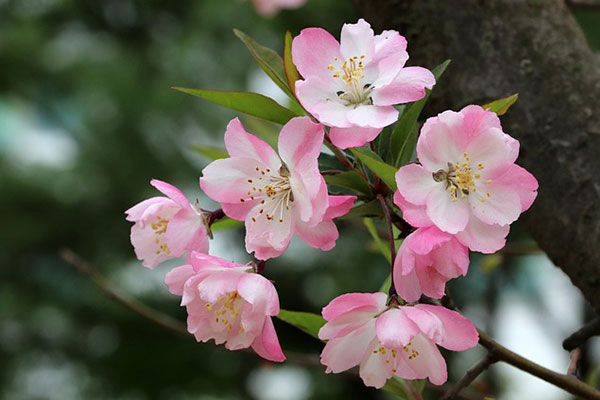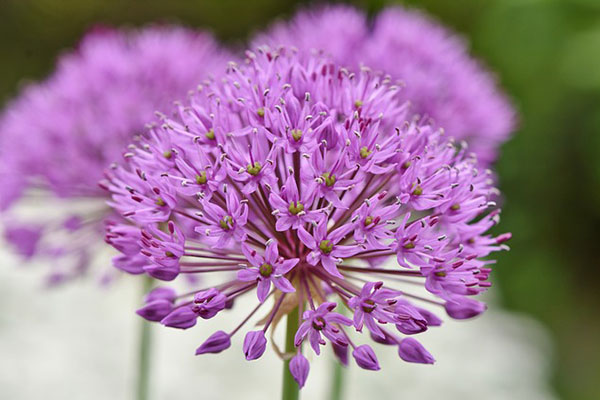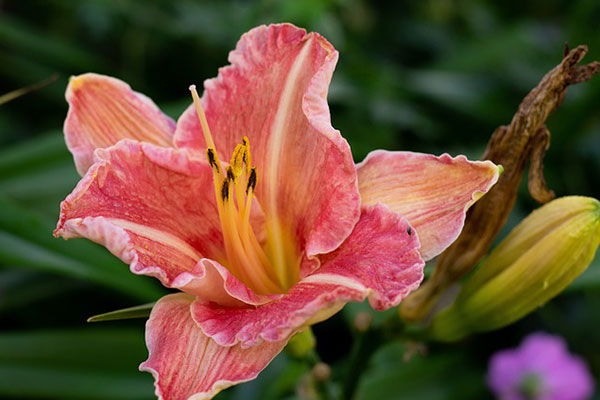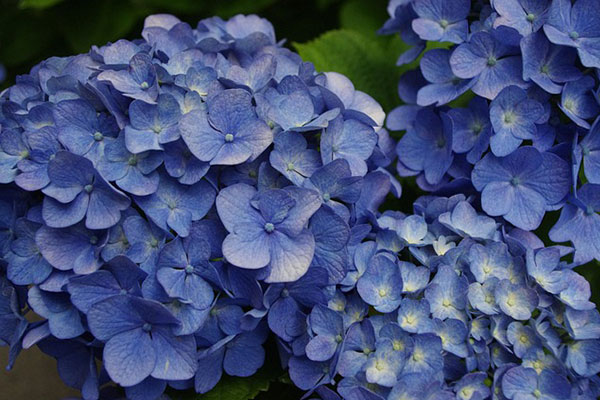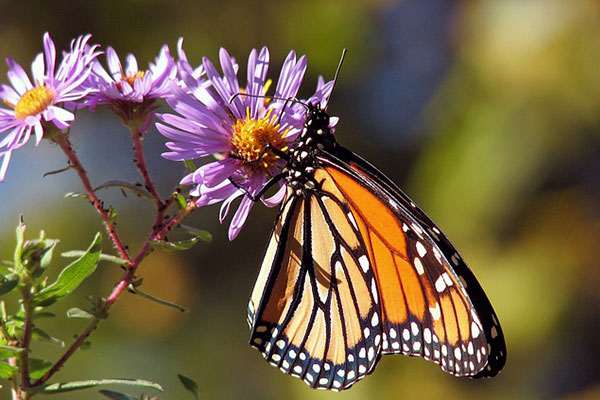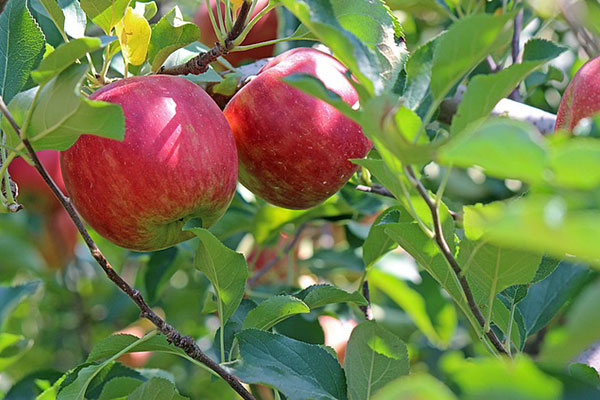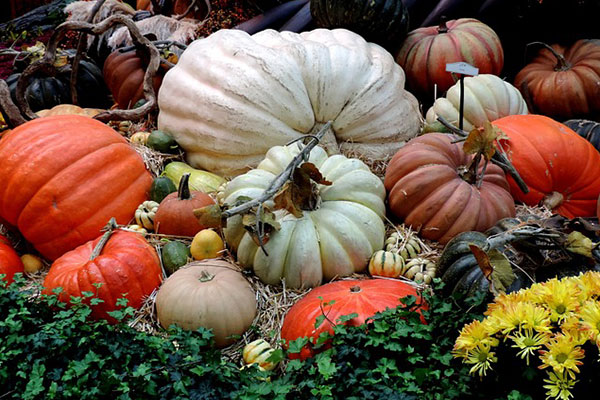monthly gardening calendar
Stay on top of your gardening tasks in northern Illinois with our monthly gardening calendar.
March
- Start seeds indoors for the season. Sowing dates to be determined by species.
- Prepare garden beds for planting by removing winter mulch and adding compost if warm enough.
- Prune fruit trees and berry bushes before new growth appears.
- Test soil and adjust pH levels as needed if you think your soil might need to be amended.
- Cut back dead or damaged branches from shrubs and trees.
- Check and clean garden tools and equipment.
- Water evergreens (especially the young plants) if the month has been dry.
April
- Start hardening off seedlings started indoors before planting them outside.
- Divide and transplant perennials.
- Plant cool-season crops like peas, radishes, and carrots directly into the ground when the soil and air temperature are at least 40 degrees.
- Apply a layer of mulch to garden beds. We prefer to use our finer mulches at this point rather than thick wood chips.
- Plant herbs like basil, parsley, and cilantro.
- Monitor for pests and diseases and treat as needed. Apply pre-emergent weed killer to beds. You can preventatively spray fruit trees when the temp exceeds 40 degrees.
- Fertilize trees and shrubs with a slow-release fertilizer, or a general fertilizer like 10-10-10.
May
- Plant warm-season crops like tomatoes, peppers, and cucumbers after the last frost date.
- Start planting annuals like petunias, marigolds, and impatiens.
- Thin seedlings to provide enough space for each plant to grow.
- Monitor for signs of drought and water deeply as needed.
- Stake or trellis tall plants to support their growth.
- Apply a second round of fertilizer to vegetable plants.
- Harvest cool-season crops like lettuce, spinach, and kale.
- Deadhead flowers to encourage more blooms.
- Take photos of your garden to track its progress over time.
June
- Harvest early-season vegetables like peas, lettuce, and spinach.
- Plant heat-tolerant annuals like zinnias and sunflowers.
- Prune spring-flowering shrubs after they finish blooming.
- Water deeply and regularly, especially in the heat of summer.
- Monitor for pests like aphids and spider mites and treat as needed.
- Apply a layer of compost or organic fertilizer to garden beds.
- Mulch around plants to retain moisture and suppress weeds.
- Take notes on what is working well and what could be improved in your garden.
- Harvest herbs like mint, thyme, and oregano for fresh use or drying.
July
- Harvest tomatoes, peppers, cucumbers, and other warm-season vegetables.
- Deadhead perennial flowers like daylilies and coneflowers.
- Keep up with watering, especially during dry spells.
- Monitor for pests and diseases and treat as needed.
- Apply a third round of fertilizer to vegetable plants.
- Start planning for fall crops like broccoli and kale.
- Take a soil test to determine any necessary adjustments before planting fall crops.
- Propagate plants like basil or coleus by taking cuttings and rooting them in water.
August
- Harvest Continue harvesting vegetables like tomatoes, peppers, and cucumbers.
- Plant fall crops like broccoli, cauliflower, and cabbage.
- Cut back overgrown perennials to encourage new growth.
- Water deeply and regularly, especially during hot spells.
- Deadhead annual flowers to encourage more blooms.
- Mulch around plants to retain moisture.
- Divide and transplant perennials that have finished blooming.
- Plant fall-blooming bulbs like crocus and daffodils.
- Harvest herbs like basil and mint before they begin to flower.
September
- Harvest late-season vegetables like squash, pumpkins, and carrots.
- Plant cool-season vegetables like spinach, lettuce, and kale.
- Cut back spent annuals and perennials.
- Divide and transplant perennials like hostas, daylilies amd iris.
- Take steps to protect tender plants from frost, like covering them with a blanket or cloth.
- Plant spring-blooming bulbs like tulips and daffodils.
- Prune shrubs that have finished blooming.
October
- Harvest remaining vegetables and fruits before the first frost.
- Clean up the garden beds by removing dead plants and debris.
- Plant spring-blooming bulbs like crocus and hyacinths.
- Store garden tools and equipment properly for winter.
- Prepare garden beds for winter by adding a layer of mulch.
- Divide and transplant perennials before the ground freezes.
- Bring in tender plants like tropicals or houseplants before the first frost.
- Enjoy the fall colors in the garden and take photos to remember the season.


